
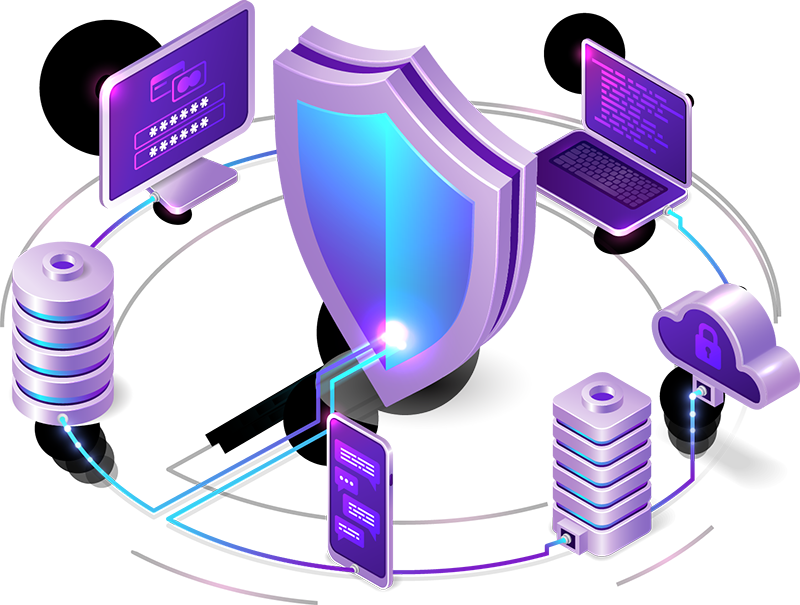
It is projected that the yearly expense of cybercrime will surpass $8 trillion in 2023, and the primary cybersecurity threat is the risk of malicious attacks from insiders. In the current work setting, end users frequently depend on their personal devices to access cloud applications and corporate resources, even when working remotely. As opposed to previous years, Security Managers now have a greater responsibility for safeguarding against potential attacks due to the expanded attack surface.
By utilizing Zero Trust Security, you can safeguard your organization from both external and internal threats by being aware of user-related usage patterns. It grants your employees secure access to perform their tasks effectively while providing a seamless user experience, regardless of their preferred devices and applications.
Implement strict device enrollment, application protection, and content isolation to guarantee total user login security.
Safeguard remote users with end-to-end encryption, while reducing operational costs through a centralized security policy.
Utilize holistic end-to-end solutions to prevent any protection gaps that may arise from disjointed, application-specific security technologies.
Allow remote users to access corporate applications with any device using micro-segmentation techniques.
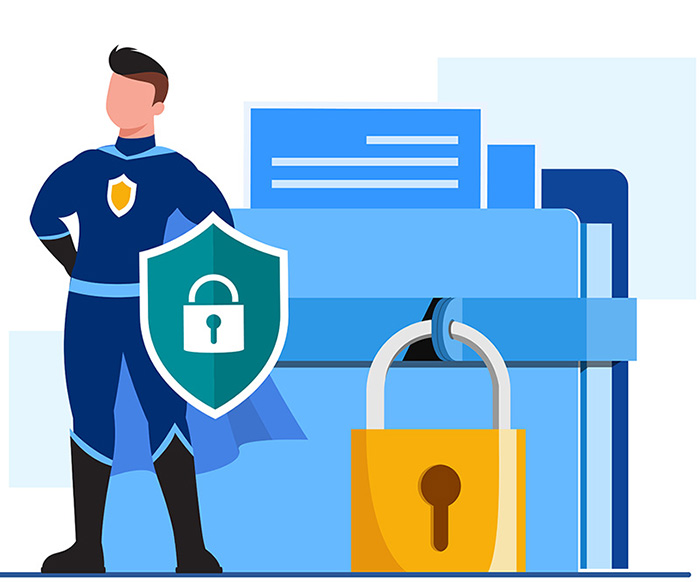
Challenges
In order to provide a satisfactory user experience, employees, vendors, contractors, and customers need to have secure network access and the ability to work according to their preferred time, location, and method. Additionally, they should be able to access the necessary credentials from any location and at any time.
Our Solution
Enable restricted access to verified resources based on contextual factors, while also implementing multi-factor authentication for enhanced device verification. Additionally, ensure that the remainder of the network remains hidden from unauthorized users.

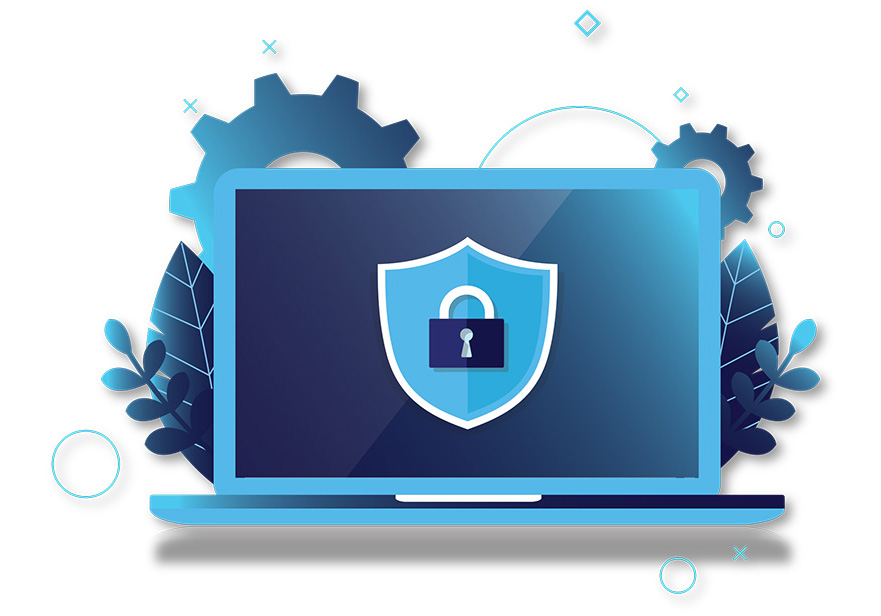
Challenges
When employees work remotely or while on-the-go, they may bring multiple unsecured devices into the company’s network, thereby increasing the number of potential vulnerability points that can be exploited by malicious attackers. This trend is likely to continue as the Bring Your Own Device (BYOD) policy becomes more prevalent in corporate networks.
Our Solution
Use the security posture of a device as a condition for granting access to the network. Once granted access, restrict network entry and isolate the device to prevent lateral movement. Neutralize any unauthorized attempts to access the network. Finally, ensure that the rest of the network remains hidden from unauthorized users.
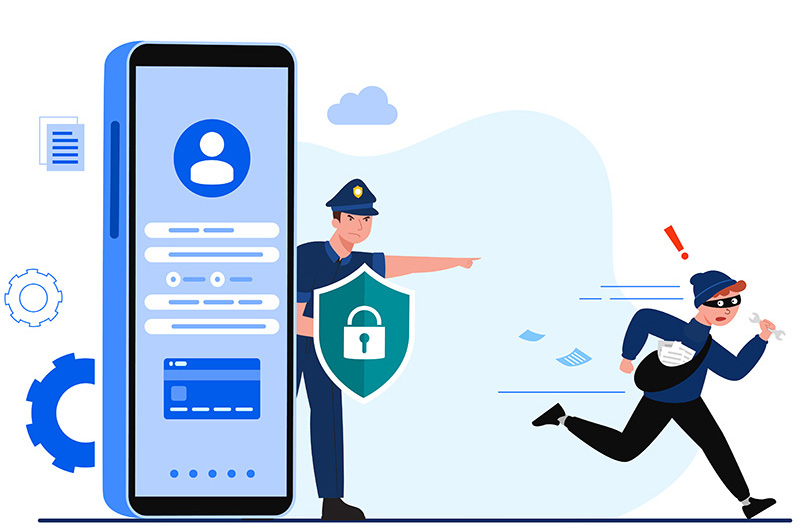
Challenges
What is the most effective way to safeguard your valuable data? In instances where data is compromised or stolen, such as in a ransomware attack, companies often experience significant financial losses and may even face bankruptcy.
Our Solution
Secure data flows into all sensitive databases with encryption. Deploy emulation technologies to uncover vulnerabilities and simulate data exfiltration techniques.

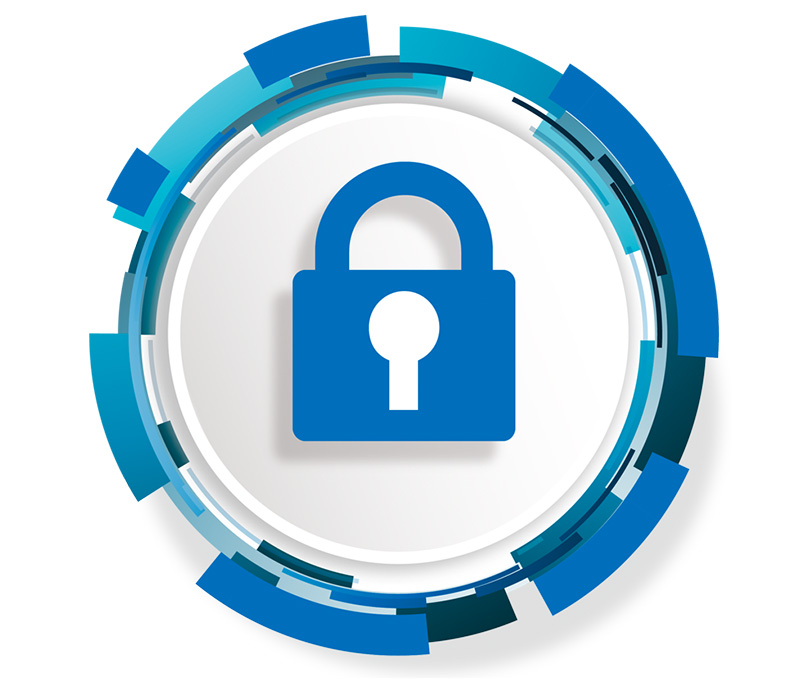
Challenges
Modern networks are no longer static, with a clearly defined perimeter. Instead, they consist of distributed resources that span various environments and protocols. As such, access privileges for employees, devices, and applications must be constantly reviewed and updated to reflect these ongoing changes in the network.
Our Solution
To restrict access and prevent lateral movement within the network, utilize a micro-segmented network architecture. Implement continuous authentication measures that include granular policy enforcement and dynamic trust scoring for all authorized individuals and resources. Finally, ensure that the remainder of the network is hidden from unauthorized users.
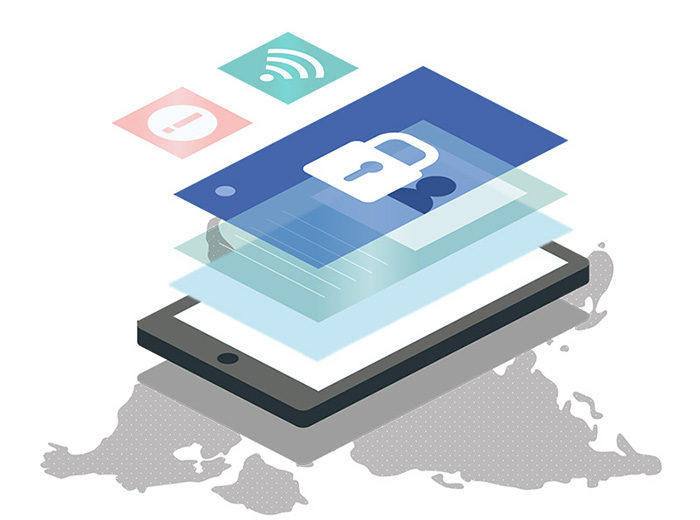
Challenges
By modern standards, legacy applications are often considered insecure, inefficient, and inadequate for cloud environments. The act of migrating to the cloud can further increase the attack surface, which is distributed across multiple environments.
Our Solution
To restrict access and prevent lateral movement within the network, utilize a micro-segmented and hidden network architecture. Implement continuous authentication measures that include granular policy enforcement and dynamic trust scoring for all authorized individuals and resources. Finally, ensure that the remainder of the network is hidden from unauthorized users.

Safeguarding Digital Assets with Comprehensive Knowledge, Optimal Technologies, and Best Practices.
info@cipherwire.net